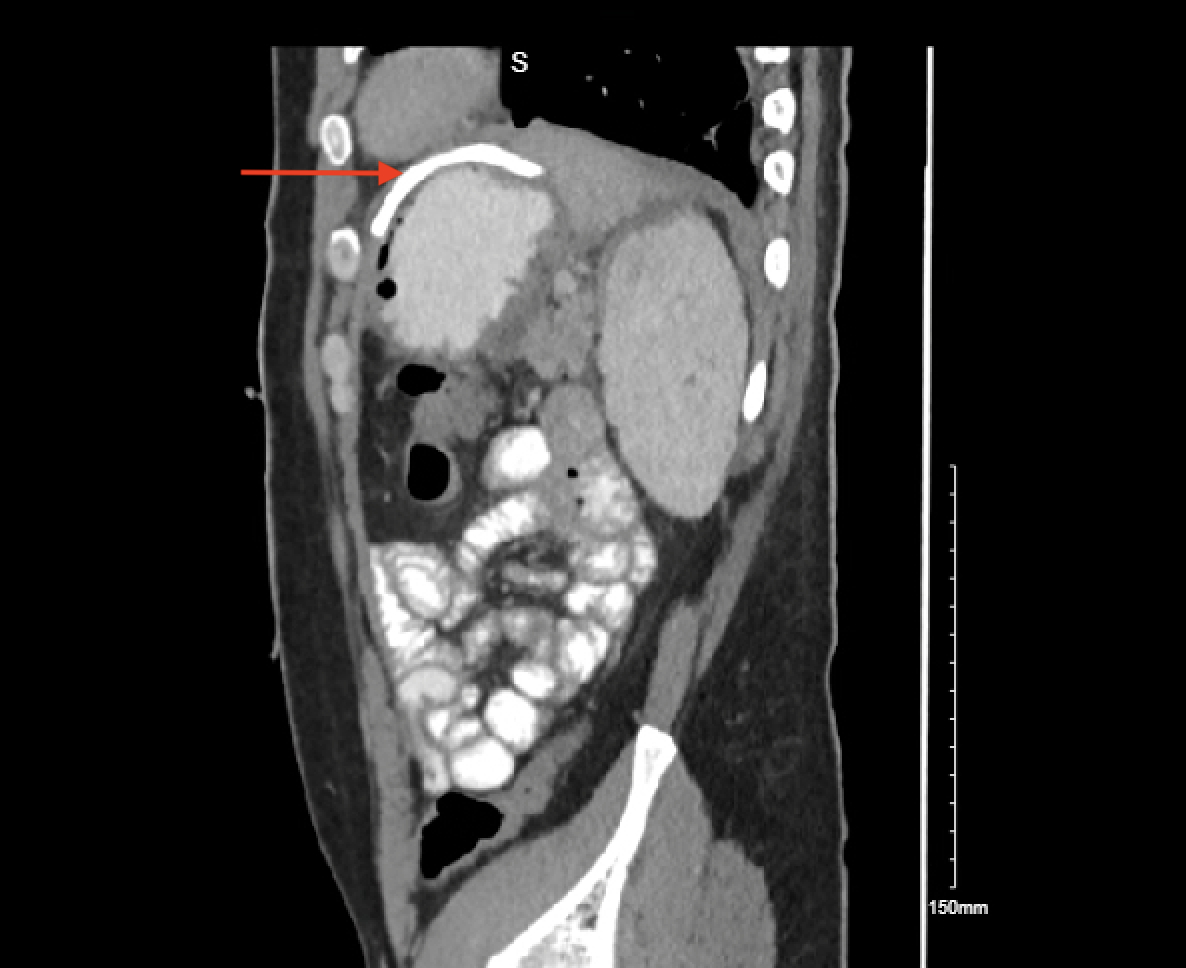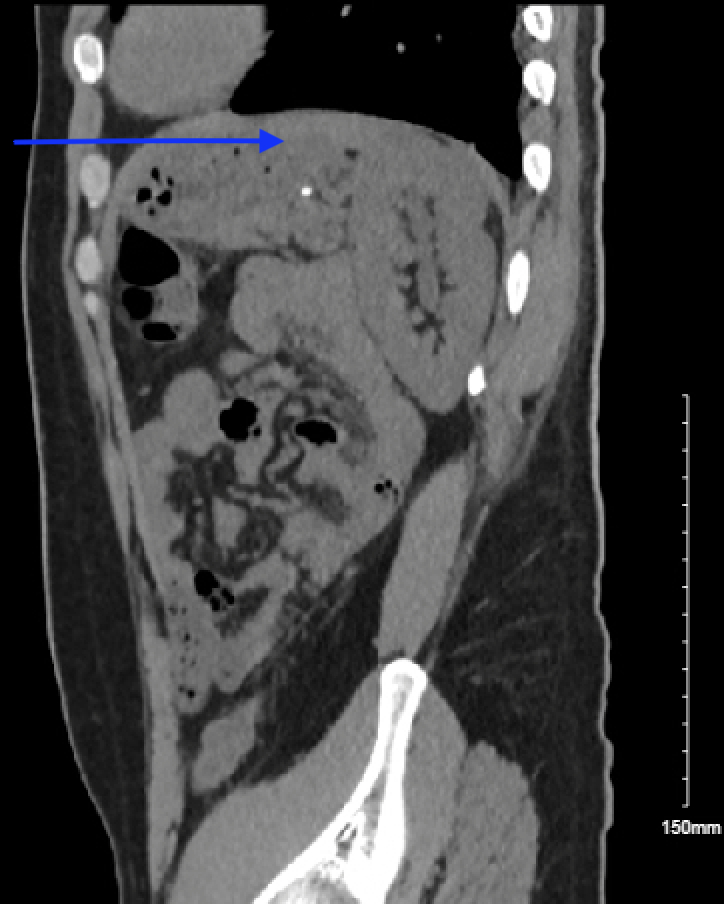Exploratory laparotomies in the setting of blunt or penetrating trauma carry high morbidity. Despite advancements in resuscitation, operative techniques, peritoneal irrigation, and antibiotic coverage, intra-abdominal abscesses represent the most common infectious complication of abdominal trauma and contribute to adverse surgical outcomes and lengthened hospital stays. Percutaneous computed tomography (CT)-guided drainage is the gold standard for the management of intra-abdominal collections and has been shown to have a high success rate with low morbidity. However, the success of CT drainage depends on other factors such as the availability and comfort level of the interventional radiologist in accessing the abscess and the location of the abscess. Often, patients with abscesses that are unable to be accessed have to undergo open or laparoscopic surgical drainage to achieve resolutions which are not without significant morbidity. In rare instances, administration of TPA through an abdominal drain has been used to address abdominal abscesses and has been shown to be effective in achieving abscess resolution. Presently described is the case of a 37-year-old male was brought to the emergency room after sustaining a gunshot wound to the left upper quadrant of the abdomen. Intra-operatively, he was found to have hemoperitoneum, gastric injury, kidney laceration, and a pancreatic tail laceration. The stomach injury was repaired and a Jackson-Pratt (JP) drain was left in the left upper quadrant near the pancreas. Subsequently, he developed sepsis and was found to have a multilocular left subphrenic/perisplenic well-circumscribed fluid collection compatible with subphrenic abscess. He was placed on broad-spectrum antibiotics, but due to the location of the abscess there was no window for IR drainage. After discussion of the risk and benefits, the patient opted for treatment with TPA administered through the previously placed JP drain, and he achieved clinical improvement in the days that followed. This is a potential new approach for the management of certain intra-abdominal collections that are not amenable to IR drainage avoiding unnecessary surgical procedures and reducing the associated morbidity and mortality in these patient populations.
Currently there is no large randomized control trial with a consensus on use and correct dosing of tPA specifically for abdominal collections, opening an opportunity to develop one. Intrapleural use of TPA can be extrapolated to intra-abdominal cases.
Keywords: trauma, penetrating, abscess, fibrinolytic, intrapleural, drainage

Figure 1. Sagittal view of abdomen/pelvis CT showing the drain in communication with the collection (red arrow)

Figure 2. Sagittal view of abdomen/pelvis CT showing near resolution of the collection (blue arrow)